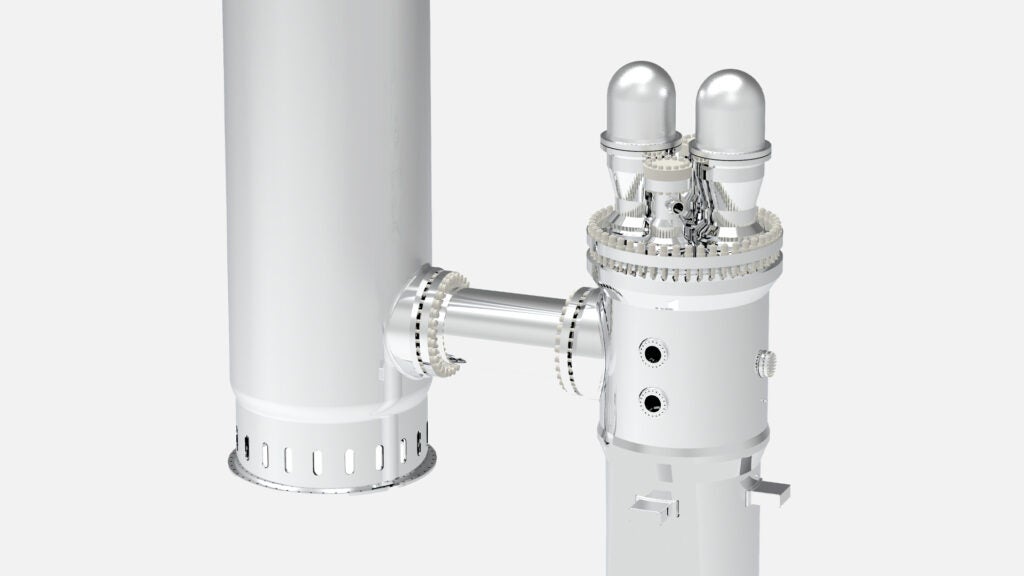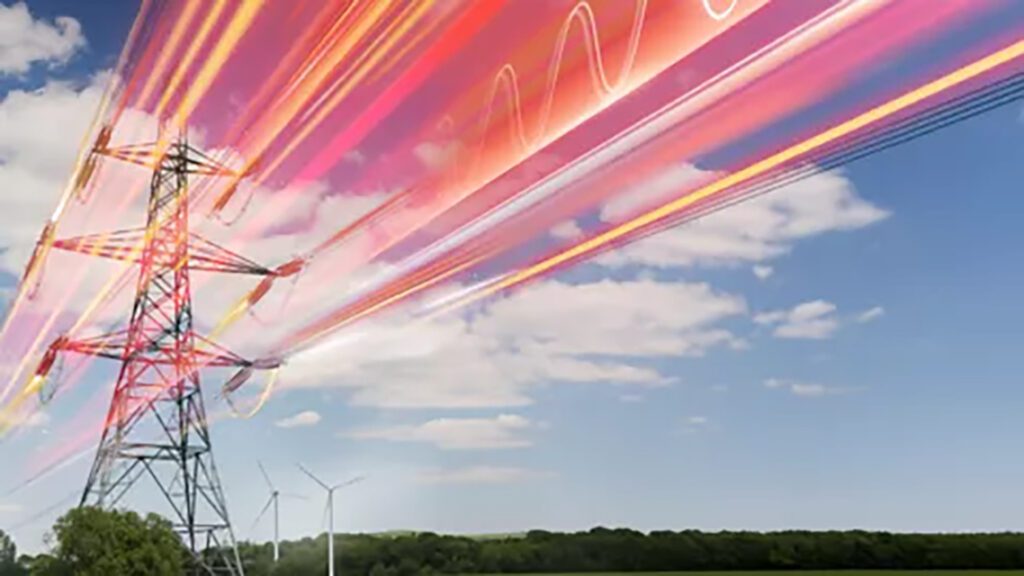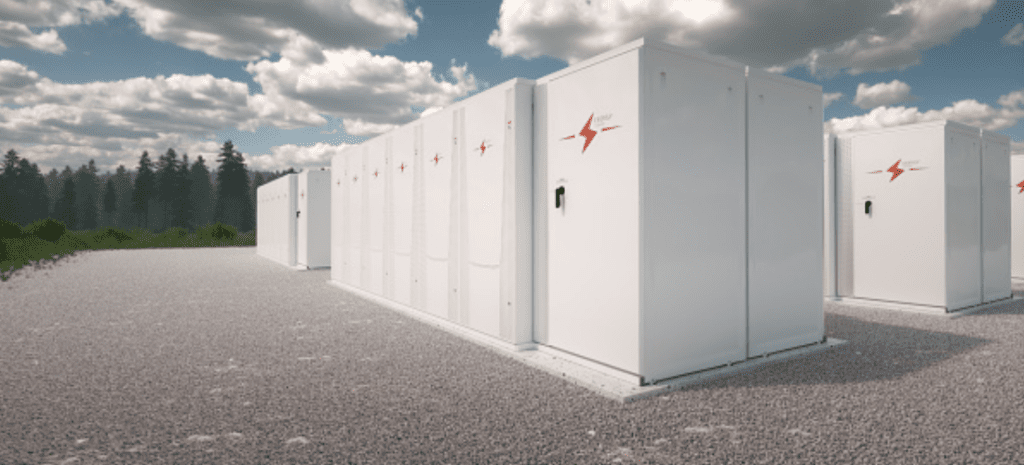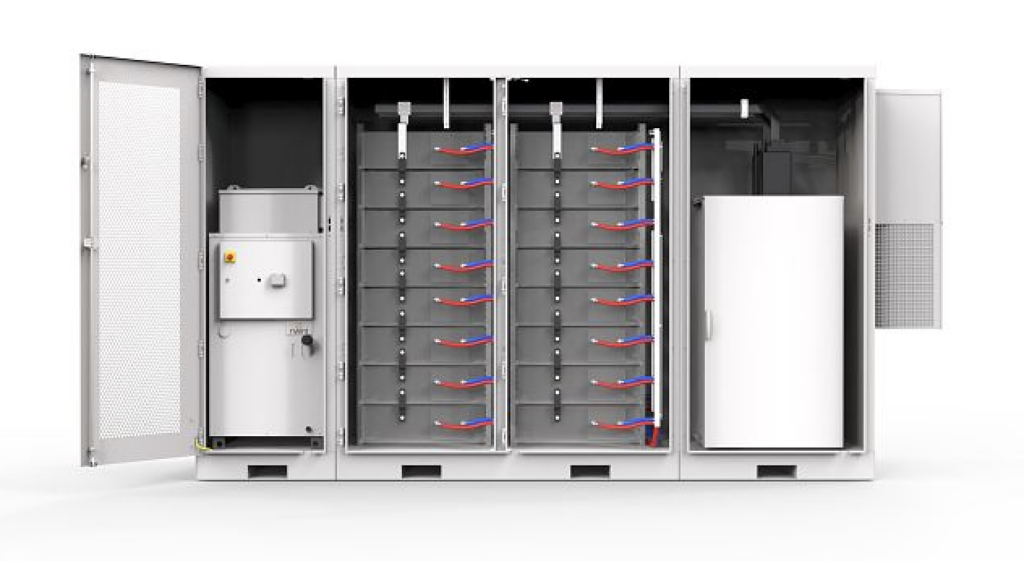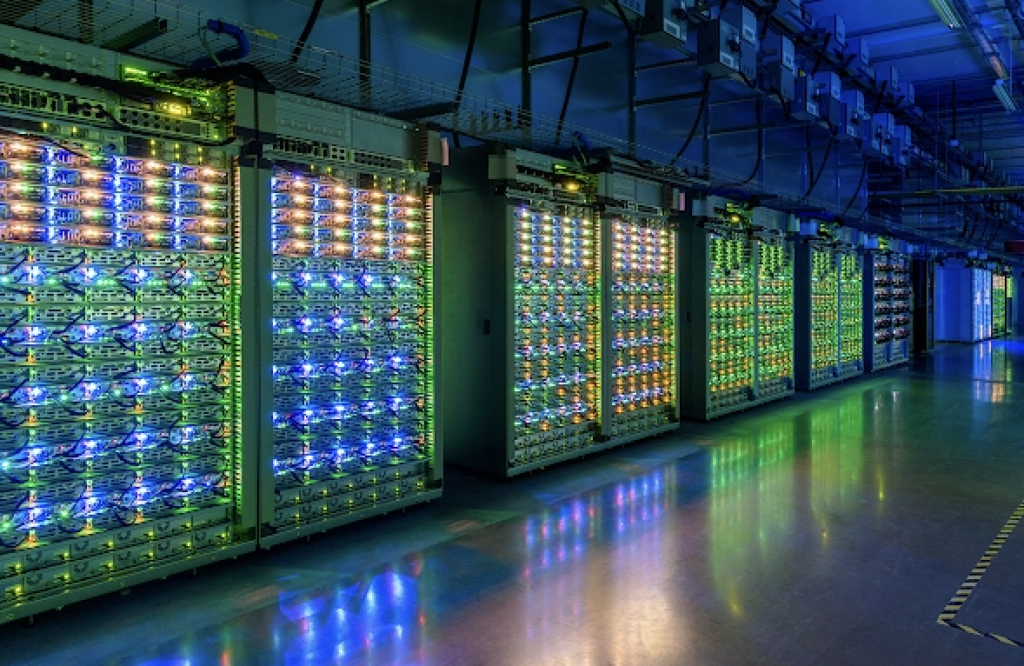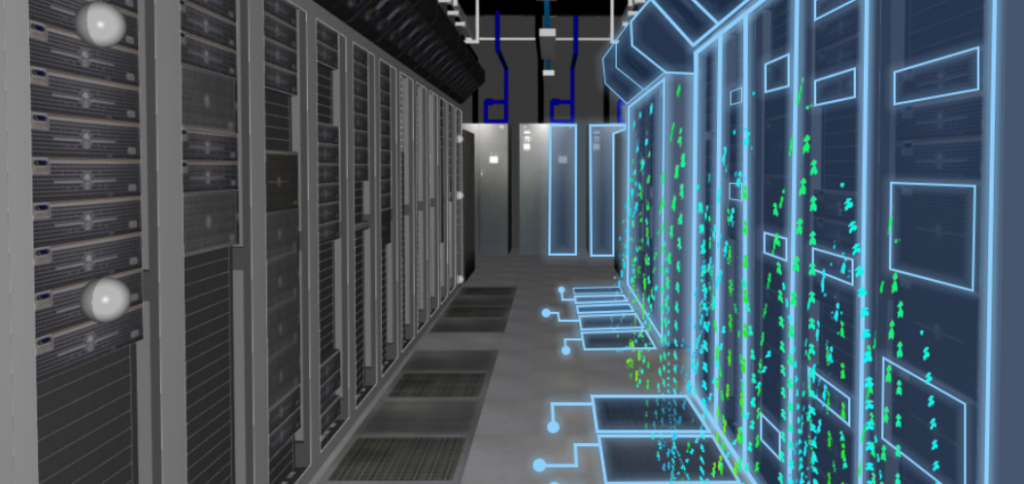Increasing adoption of cloud computing gave rise to the development of data centers, but the rapid growth of artificial intelligence (AI) and the increasing demand for digital services has resulted in an exponential surge of data center growth. The industry is in a transformative phase that will be marked by significant developments in infrastructure, technology and the regulatory landscape, accompanied by hundreds of billions of dollars in capital investments and, most likely, consolidation.
COMMENTARY
Though this growth brings many opportunities, the speed and scale of this growth introduces numerous challenges that must be carefully managed to prevent unintended adverse impacts. As we survey recent advancements, we will touch on legal support at the federal level, changing energy market dynamics, emerging data center technologies and the commercial and legal hurdles that market participants are encountering.
Federal Initiatives Supporting the Market
Although the steady growth of data centers in the U.S. has been unfolding over the last several years, recent executive action from the federal government aims to further their expansion. On Jan. 14, 2025, the outgoing Biden Administration announced an executive order, “Advancing United States Leadership in Artificial Intelligence Infrastructure,” to address the energy capacity requirements of the rapidly expanding data center industry.
The Biden executive order requires the Bureau of Land Management and Department of Energy (DOE) to designate at least five regions, based on geothermal power and thermal storage potential, for leasing geothermal projects, supporting data centers’ growing energy demand. Further, the order required that by Feb. 28, 2025, the Departments of Energy and Defense identify three land sites for private construction and operation of AI data centers, which are required to achieve full operational capacity by Dec. 31, 2027.
Want to learn more about how power demand from data centers is impacting the power generation sector? Read this POWER Primer on data centers, and register to attend POWER’s Data Center POWER eXchange event in Denver, Colorado, on Oct. 28. The summit is associated with POWER’s Experience POWER event in Denver, happening Oct. 28-31.
On Jan. 23, 2025, President Donald Trump enacted his own executive order, “Removing Barriers to American Leadership in Artificial Intelligence,” which directs the president’s advisors on science and technology, AI and crypto, and national security affairs to develop a plan to achieve U.S. global AI dominance. The Trump executive order seeks to create a more growth-oriented regulatory environment by suspending, revising or rescinding certain agency actions that are considered inconsistent with the order’s goal of U.S. AI dominance.
Further, recently appointed Federal Energy Regulatory Commission (FERC) Chair Mark Christie announced that the agency initiated a rulemaking proceeding to review issues associated with the co-location of large load customers, such as data centers, at electric generation facilities. On Feb. 20, 2025, FERC unanimously decided to initiate the review to examine whether the tariff of a regional transmission organization should implement regulations to provide clarity, maintain grid reliability and ensure fair consumer costs. Though the rulemaking is focused on potential changes to the tariff, it will certainly have consequences for other wholesale markets subject to FERC regulation. In November 2024, FERC denied a filing by a Pennsylvania nuclear power company to amend its interconnection services agreement to facilitate delivery of energy to a data center.
Growing Energy Usage and Changing Market Dynamics
One-hundred eighty (180) zettabytes of data are predicted to be created during the coming year due in part to growth in AI and cloud computing. According to a recent report, AI has increased data center computational requirements by 20%, and by the end of this decade, overall data center power needs in the U.S. will be 8% of total power demand. A 2024 report by the DOE found that in 2023, data centers used approximately 4.4% of all U.S. electricity, and by 2028 are predicted to use between 6.7% and 12%, with total electricity use between 325 and 580 terawatt hours. This growth is expected to result in services provided by data centers becoming a $517.15 billion global market by 2030.
This dramatic growth in electricity use will include a substantially higher demand for computing power as well as the need for new reliable power generation capacity to be brought online in short order. An autonomous intergovernmental organization forecasts a doubling of aggregate data center energy consumption by 2026. By 2030, data centers are predicted to account for 4% of worldwide electricity consumption.
Further impacting the energy market dynamics are the distinct differences in energy usage patterns between hyperscalers and bitcoin mining operations. Hyperscalers operate vast data centers that support a wide range of digital services and applications. These data centers are designed for energy efficiency and often leverage advanced cooling technologies and renewable energy sources to mitigate their environmental footprint. They have high load factors and require ultra-reliable supply.
In contrast, bitcoin mining operations’ energy consumption can be intense, driven by the computational demands of solving cryptographic puzzles to validate transactions on the blockchain. Unlike data centers, however, bitcoing mining operations can adjust operations in response to energy market signals, allowing them to capitalize on available demand response programs. The different power demands of hyperscalers and bitcoin mining operations should be considered when planning for electric power grid stability and reliability. Some of the ways in which these power demands may be addressed include a mix of demand response and storage solutions, as well as dynamic pricing models, to encourage off-peak use of electricity.
Technologies Shaping the Energy Future of Data Centers
To address energy and sustainability concerns associated with the expanding data center industry, companies are implementing a variety of strategies. These include co-locating with existing and new generation assets and developing onsite generation capacity. Additionally, edge data centers–which are smaller and more mobile–could be strategically located in areas with more sustainability advantages.
One example of these new strategies is a major technology company that is investing in large energy parks that will generate renewable power for the company’s data centers. Also, that same company has partnered with a clean energy company and a climate-conscious investment firm to construct power plants adjacent to the company’s data center facilities.
Roughly 40% of a data center’s total power is attributable to its extensive cooling systems. A major Chinese technology company has responded to the power demands of cooling infrastructure with a chilled water refrigeration approach, which its CEO says is 10% to 15% more efficient than air cooling. More than 20% of data centers now use liquid cooling, and in 2022, the global data center liquid cooling market was valued at approximately $2 billion. The compound annual growth rate of the data center liquid cooling market is predicted to reach 19% from 2024 to 2032.
Other novel approaches to cooling efficiency include immersion cooling, which covers chips in non-conductive liquid, and direct-to-chip cooling, which transfers heat from chips directly such as a recently released propylene glycol-based direct-to-chip cooling fluid. Another approach involves reusing the heat rather than allowing it to dissipate, including for use in heating homes or swimming pools. One data center-focused company, conversely, has experimented with operating their facilities at higher temperatures. Data centers can also increase sustainability by using more energy-efficient chips.
Commercial and Legal Hurdles
As data centers continue to proliferate, their substantial energy demands are straining existing power infrastructure and complicating energy procurement strategies. One of the primary commercial challenges facing the data center industry is the rising cost of electricity and the need for long-term energy contracts that can provide price stability. Data centers operate at a high power factor–usually greater than 95%–and uncertainty and volatility in energy prices can significantly impact operational costs. To mitigate these risks, some data center operators have entered into long-term contracts with renewable energy developers. Typically, these contracts must be sleeved through licensed retail energy providers or structured through specially designed tariffs.
Utility companies also must consider the risk of building new generation and transmission infrastructure if the forecasted demand fails to materialize, stranding the infrastructure and leaving costs to be recouped from their existing customer base. In response, some utilities and power providers have taken drastic measures, such as requiring up to 85% up-front fee payments, imposing moratoriums on large data center projects, rejecting new requests for data centers outright, requiring minimum electricity payment terms (regardless of whether the contracted for amount of electricity is used) and increasing barriers to market entry by creating more stringent project approval processes and associated permitting requirements. State-level regulations, such as those requiring data centers to pay for grid improvements during construction, add another layer of complexity to energy contracting and compliance.
The process for interconnecting with the grid has also become more cumbersome in recent years. In particularly power constrained areas, it may take a new data center development project up to 10 years before it can connect with the grid. The interconnection process involves multiple stages, including feasibility studies, impact assessments and regulatory approvals, each of which adds layers of complexity and time.
Systems studies in areas with rapidly expanding data centers are becoming increasingly complex and require careful consideration of multiple factors that seem at times to be constantly in flux. These factors include power availability, grid stability and the integration of new energy sources, all of which must be meticulously analyzed to ensure reliable and efficient operation.
Despite commercial, regulatory and legal hurdles, data center deal activity remains on the rise. From August 2024 to January 2025, the total data center deal value was $50 billion. As the need for data centers continues to increase, the demand for legal services and financial structuring for data center transactions will also continue to increase. The development, financing and construction of data centers and related energy infrastructure involve complex interrelationships among multiple contracts between a growing cast of market participants.
Credit and debt providers will need to find ways to meet the financial requirements of an ever-changing industry landscape by offering flexible and creative financial products. Corporate transactions will continue to evolve as joint venture, partnership, investment and other novel operational structures are developed to build out data centers and related infrastructure. This will in turn lead to an increased level of mergers and acquisitions, majority and minority investments, divestitures and general corporate activity (due diligence, corporate and regulatory opinions, etc.) across the industry. Service providers in this space will need to stay nimble to help their clients navigate changing state and federal regulatory frameworks.
Conclusion
The data center industry is at a pivotal moment, driven by rapid advancements in AI and cloud computing. Though the growth presents numerous opportunities, it also brings significant commercial and legal challenges.
Addressing these issues requires a cooperative approach involving tech companies, utilities and regulators. Continued industry focus on sustainability and energy efficiency will be crucial to meet the challenges ahead.
By leveraging advanced technologies and adopting sustainable practices, the industry can continue to support the digital economy and minimize its environmental impact. The future of data centers is bright, but it will require careful planning, investment and collaboration to ensure that this critical infrastructure can meet the needs of the digital age in a way that maximizes the benefits for all concerned.
—Joshua Belcher is a partner at Holland & Knight, specializing in energy transactions and business law. Ram Sunkara is a partner at Holland & Knight, specializing in energy and infrastructure, M&A, and related transactions. Kyle Wamstad is a partner at Holland & Knight, specializing in energy transactions and representing clients in a wide range of energy matters. Nikolai Hood is a corporate attorney at Holland & Knight, specializing in corporate transactions. Blaine Remmick is a corporate attorney at Holland & Knight, specializing in corporate transactions.



